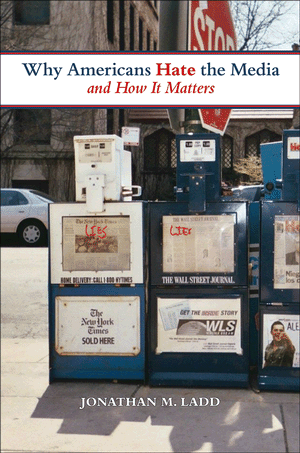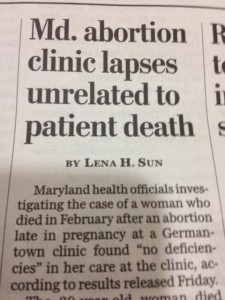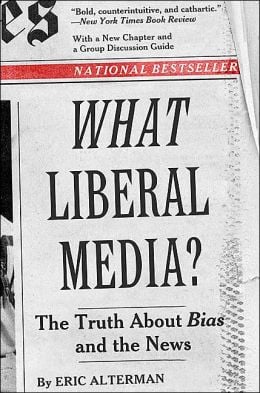Someone on Twitter noticed something illuminating about mainstream media coverage of social issues that’s worth a look. Remember, first, how tmatt quoted the New York Times‘ Bill Keller on the bias dividing line of that paper:
Asked directly if the Times slants its coverage to favor “Democrats and liberals,” he added: “Aside from the liberal values, sort of social values thing that I talked about, no, I don’t think that it does.”
While many outlets are being more open and honest about their inability to cover — without, at times, quite dramatic bias — social issues, it’s still interesting to just see it in practice. So @DavidSeawright’s note is interesting:
Framing: Gay marriage, at 53%, has “country as a whole.” http://www.washingtonpost.com/blogs/the-fix/wp/2013/06/27/a-majority-of-the-country-supports-gay-marriage-will-any-2016-republican-presidential-candidate/ … Pro-life “polls pretty well” at 59% http://www.washingtonpost.com/blogs/the-fix/wp/2013/07/12/food-stamps-abortion-pose-big-tests-for-gop-message-machine/?wprss=rss_the-fix&clsrd …
Both stories are from the same media outlet, the Washington Post. Indeed, they are from the same section — “The Fix.” Both stories even share a reporter. It’s fascinating, isn’t it? It’s just a very good example of the subtle ways in which stories are framed. It’s perhaps even more pronounced if you look at the headlines (which is all that many people do, of course):
A majority of the country supports gay marriage. Will any 2016 Republican presidential candidate?
Food stamps, abortion pose big tests for GOP message machine
Fascinating. Just fascinating. At the end of the post, I want to look at something positive about media coverage of this topic, but another quick notation about a New York Times story yesterday on the “safety” of abortions. The theme of the piece revolves around safe, safety and safeguards. The reporter promoted the piece on Twitter with the note:
Rare agreement on a sensible way to keep abortion safe: Maryland’s Path to an Accord in Abortion Fight http://nyti.ms/10OiC7m
And it’s an interesting story, in many ways. But it was shocking to read an entire article about how to make abortions “safer” without even the slightest mention of how “safe” abortions are for the unborn child. If you’re pro-life, this is abundantly clear. If you’re pro-choice, just imagine reading a story about how to make slavery safer … for the slave owner. Or imagine if it were a story about how to make discrimination against homosexuals safer … for the discriminator. It would be weird, at best. This type of question-begging is common in stories about abortion. The perspective of the human who is killed in the procedure is almost never mentioned … at all!
The New York Times hyped this story in its morning email and even included it in its “Quote of the Day” in that email:
QUOTATION OF THE DAY “Today, having an abortion is safer than an injection of penicillin.” DR. DAVID A. GRIMES, the former chief of abortion surveillance at the Centers for Disease Control and Prevention, on the record of a procedure that is subject to new restrictions in many states.
The first comment on the story is from a reader who quotes the quotation of the day and adds:
Except for the innocent child, that is.
The second comment is:
Once again the elephant in the room is ignored. Debating what constitutes proper regulation of abortion procedures ignores the fundamental divide on the issue: when is it acceptable to kill a child in the womb? The answer range is from “never” to “whenever”. Current constitutional precedent says anytime for any reason (Roe v Wade, Doe v Bolton, Casey v Planned Parenthood) since “health exceptions” include distress from being pregnant. Public opinion has vacillated since 1973 and differs based on how the question is asked, but CLEARLY it is not a “settled” public question like slavery or human trafficking or suffrage or bigotry. If you think having an abortion is like removing a tumor or taking penicillin than every regulation is onerous, political, and ideological. If you think abortion is the deliberate killing of an innocent baby then regulating abortion clinics is as noxious as drafting workplace improvement regulations for 19th century slave plantations. It presumes that ______ is either NOT evil or that it IS evil but can be done in a good way.
Even something so simple as clarifying that this story was about how to make abortions safer for the women who have them would be helpful. This media practice of dehumanizing the main victim of the abortion is not journalistically defensible. It certainly does not help media credibility. And there is so much ground to be made up.
In any case, I said we’d end on a brighter note.














